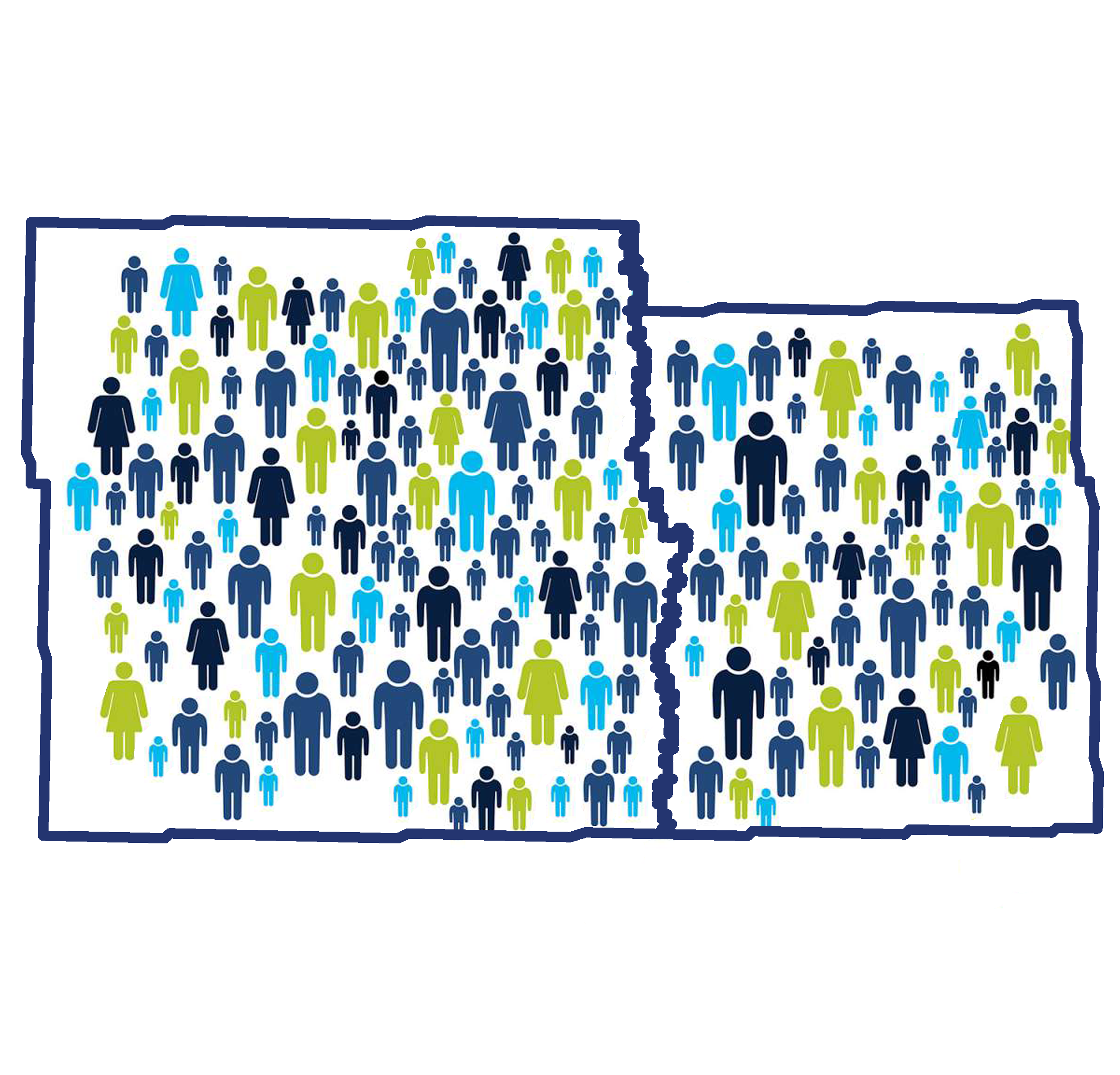
Metro COG Baseline 2050 Demographic Forecast
Background Information
Metro COG is currently developing a baseline demographic forecast for the Fargo-Moorhead metropolitan area to the year 2050. The most current demographic study was completed in 2017 and set forth projections through the year 2045 for the Metropolitan Statistical Area (MSA), which comprises the whole of Cass County, ND, and Clay County, MN. Metro COG’s planning area encompasses thirty townships which represent portions of Cass County, North Dakota and Clay County, Minnesota (which reflects the extent of Metro COG’s regional travel demand model). The urban area includes the cities of Fargo, West Fargo, and Horace in North Dakota; and Moorhead and Dilworth in Minnesota.
Demographic forecast data is a critical element to Metro COG’s metropolitan planning program. Although forecast data is used by Metro COG and local jurisdictions for a variety of purposes, its core purpose is in maintaining and updating the regional travel demand model (TDM). The TDM is a critical component in the development of the Metropolitan Transportation Plan (MTP), and relies on demographic data including detailed population, household, and employment assessments and projections in order to properly calibrate trip generations, distributions, and assignments in the TDM’s traffic analysis zones (TAZs).
Project Objective
This forecast will consist of an update to regional demographic projections, including population, households, and employment. The projections will be aggregate for the entire MSA, and broken down by jurisdiction. Age, household size, and income characteristics will also be analyzed as part of the baseline forecast. The Fargo-Moorhead metropolitan area has traditionally exceeded growth projections based on historical analyses due to the long-term health of the regional economy and economic drivers such as higher education, healthcare, agriculture, and manufacturing.
